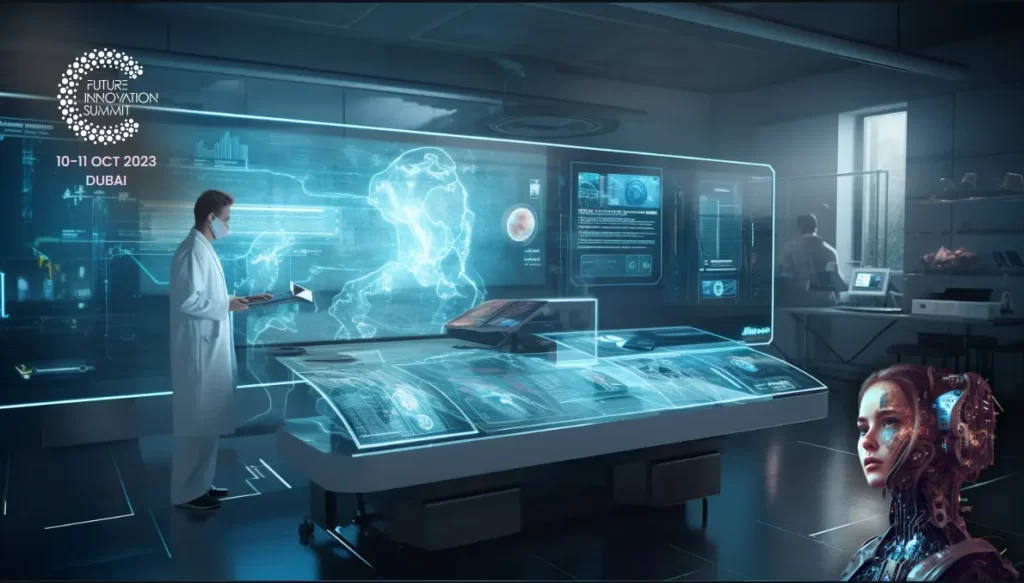Impact of Telemedicine on Healthcare: Telemedicine, an essential aspect of HealthTech, redefines how healthcare services are delivered. Offering remote patient care, this innovative technology is setting the pace for the future of healthcare. Here’s how telemedicine is reshaping access to medical services.
Increasing Accessibility – Impact of Telemedicine on Healthcare
Telemedicine allows healthcare professionals to evaluate, diagnose, and treat patients remotely using technology. This significantly increases accessibility, particularly for individuals in remote locations, those with mobility challenges, or those seeking services with limited local availability.

Reducing Healthcare Costs
Telemedicine can lower healthcare costs by eliminating the need for physical infrastructure and reducing travel. Moreover, early diagnosis enabled by regular remote check-ups can prevent complications, further saving costs associated with advanced treatments.
Enhancing Patient Engagement
Telemedicine empowers patients by offering them greater control over their healthcare. Digital tools for scheduling appointments, viewing medical records, and communicating with healthcare professionals foster engagement and improve patient satisfaction.
- Summit topics: AI – Sustainability – EduTech – HelthTech – FinTech
- Visit our LinkedIn page.
Facilitating Continuous Monitoring
For chronic disease management, continuous patient monitoring is crucial. Telemedicine devices enable real-time tracking of health parameters, enabling timely interventions and better management of conditions like diabetes or hypertension.
Overcoming Barriers
While telemedicine holds immense promise, it also poses challenges. These include ensuring reliable internet connectivity, safeguarding patient data privacy, and navigating regulatory and reimbursement frameworks.

Conclusion – Impact of Telemedicine on Healthcare
As technology continues to evolve, telemedicine is set to play an increasingly significant role in healthcare delivery. Overcoming the challenges and maximizing its potential will be vital to ensuring accessible, cost-effective, and patient-centered healthcare.
Images are generated by AI.











